Types of Flashlights:
- Tactical flashlights
- EDC Flashlights
- Headlamps
- Keychain Flashlight
- UV Flashlight
- Infrared Flashlight
- Weapon Light
- Search-and-Rescue
- Underwater Lights
- Bike Lights
Tactical Flashlights
Tactical flashlights pack the most lumens into the smallest body possible. This type of flashlight is used by the military and police during raids and traffic stops to light up a dark space and to prevent a possible assailant from effectively seeing in the direction of the flashlight. This form factor is probably the most popular flashlight in the market because it is so portable and bright, however these factors also make it one of the most expensive.
EDC Flashlights
EDC flashlights are meant for the average user who just needs a convenient light to store in a bag or pocket. They are still bright for their size, however not as bright as a tactical flashlight. Useful for a person who needs a reliable light, but at a reasonable cost.
Bike Lights
Bike lights don’t require much explanation since the name really says it all. Due to the energy availability with technological improvements in battery power, riding at night has become safer than ever. Not only can the light help vehicles on the road see the cyclist, the cyclist can see the conditions of the road to better navigate poor road conditions. Some bike lights can be recharged by cycling to increase the run-time.
Headlamps
Headlamps are flashlights that are positioned on the head using a headband or they are attached to a helmet. Headlamps are used by runners, hikers, cave navigators, and industrial workers. They are hands-free, which makes them necessary for people who need both hands available. They are usually powered with a single battery, however some come with an external battery pack that improves the brightness and runtime.
What to look for in a headlamp flashlight?
- Weight: The lighter the headlamp, the less you will notice it. This is particularly important for long distance athletes.
- Brightness: Most people only need headlamps to be able to see the ground beneath them to help with foot positioning or so they can work with their hands. This means the floodlight is usually the most important factor to be ranking headlamps. Headlamps do have spotlights, however they are not as powerful because their reflectors are too shallow to throw the light well.
- Battery Life: Many headlamps will advertise the max luminosity as a selling point, however the average user will be using the headlamp for hours. Pay special attention to how long the battery will last in modes that will be used most often. The better the runtime, the bigger and heavier the headlamp will be.
Keychain Lights
Keychain lights are the ultimate EDC flashlight because they are so small you can barely notice them in your pocket. They come in handy for finding the keyhole on a door, or finding something on the ground that you dropped at a concert. Because they don’t take up much space, they are probably the most useful flashlight for common, everyday uses. Even though they are so small, they are still way brighter than the giant maglites from the 90s.
UV Flashlight
The UV flashlight is commonly used by professionals for forensic purposes, by revealing blood and other bodily fluids, however it can also be used to detect counterfeit money and driver’s licenses. UV flashlights emit ultraviolet light that cannot be seen by the human eye. Some chemicals and compounds fluoresce when interacting with UV light which makes them excellent detectors for a variety of less common applications like detecting leaks, pest control, refrigerants for HVAC, and gemstone identification.
Infrared Flashlights
Infrared flashlights also produce light that is undetectable by the human eye. These flashlights are more commonly sold to hunters that want to illuminate their prey without being detected. With special equipment, hunters can see in the dark with the help of an IR illuminator and detector.
Weapon Light
These flashlights are similar in functionality to tactical flashlights, however they are attached to the weapon which makes them hands free. This can improve acquiring targets, lining up the sight, and disorienting whoever is on the other side of the light. They can also include lasers for improved accuracy.
Search-and-Rescue
These flashlights are the largest flashlight type. They are the brightest flashlights on the market and often require multiple high performance batteries. Many are designed to produce a long throw, ranging from 500 to 1,500 meters to help see objects that are far away. While they are the most powerful, they also weigh the most and are difficult to stow.
Diving Lights
Many flashlights are rated IPX8 waterproof, which means they can survive submersion for several hours at 2 meters underwater, however they are not sold as diving lights. All diving lights should be rated IPX8, however the manufacturer will make the claim as to the depth the flashlight should continue to function. The Nitecore DL20 is an example of a light that is rated IPX8, however will work at depths of 100 meters.


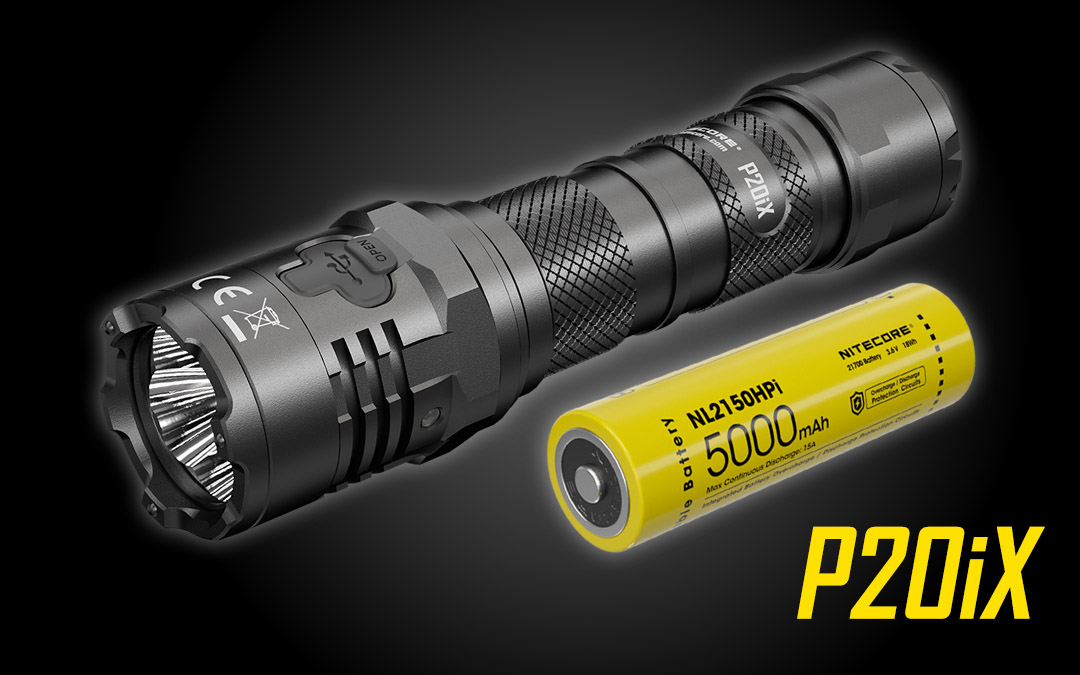
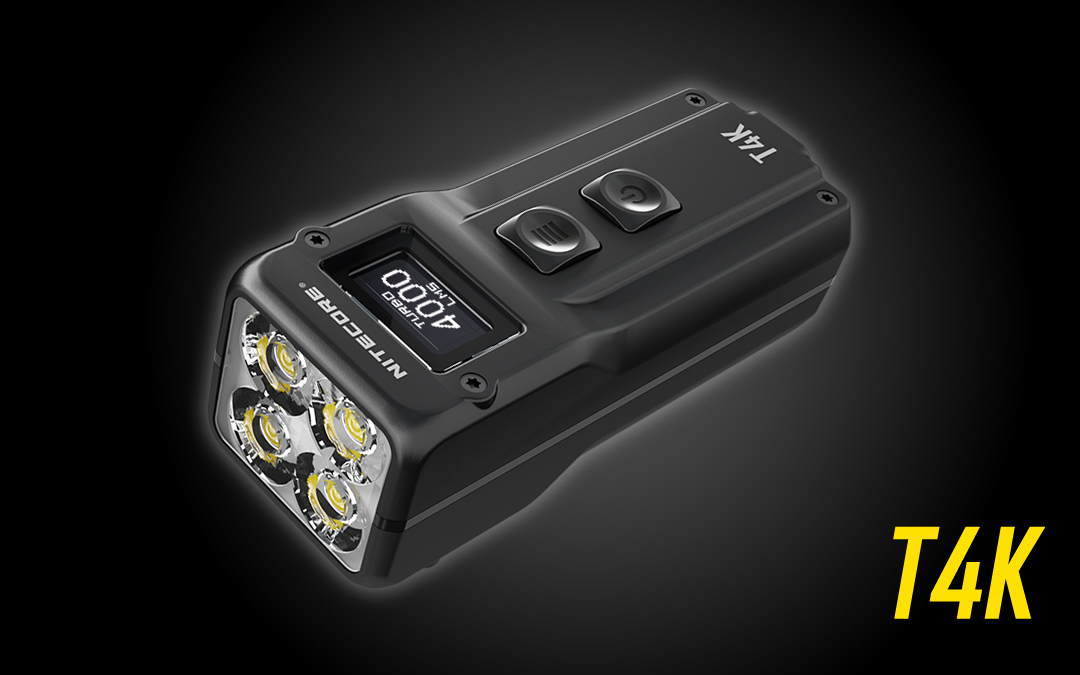
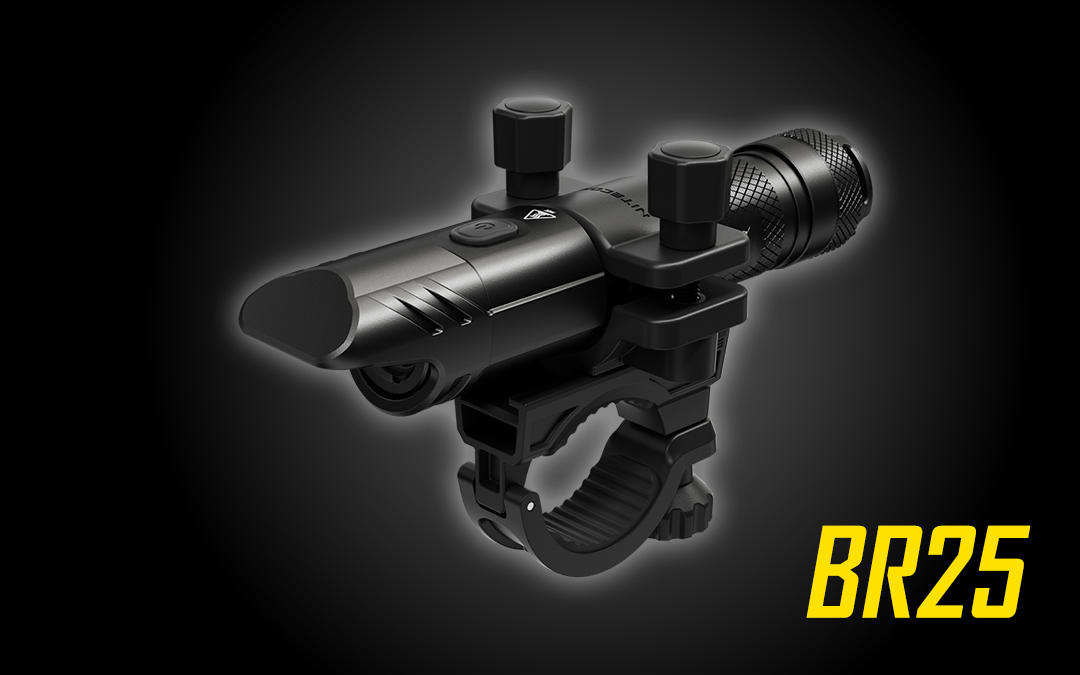
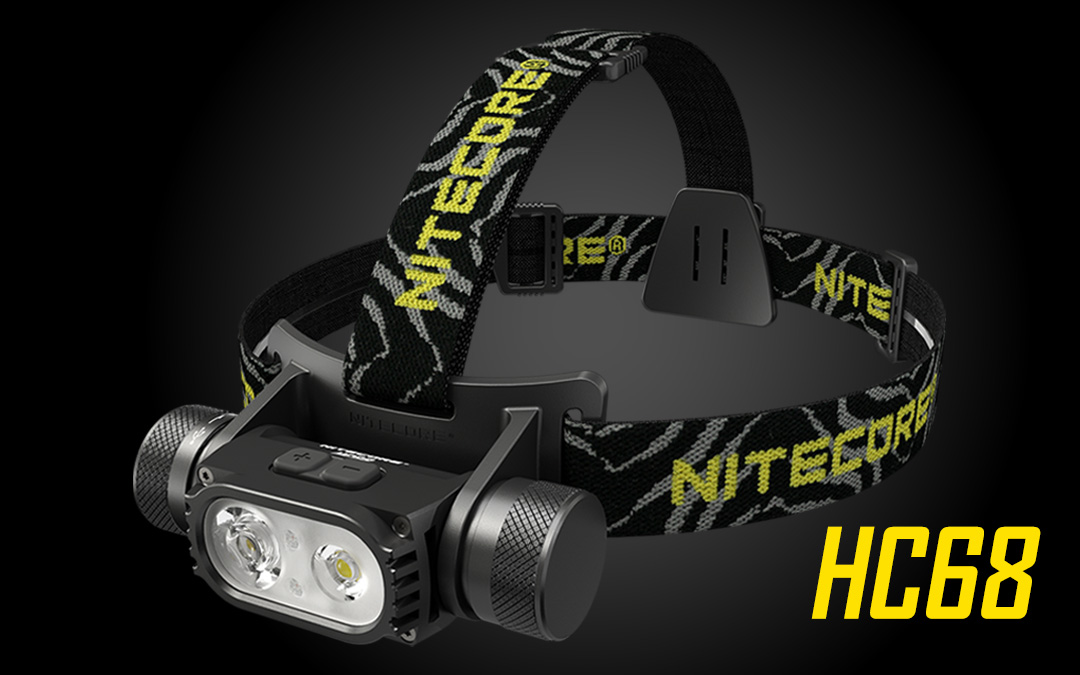
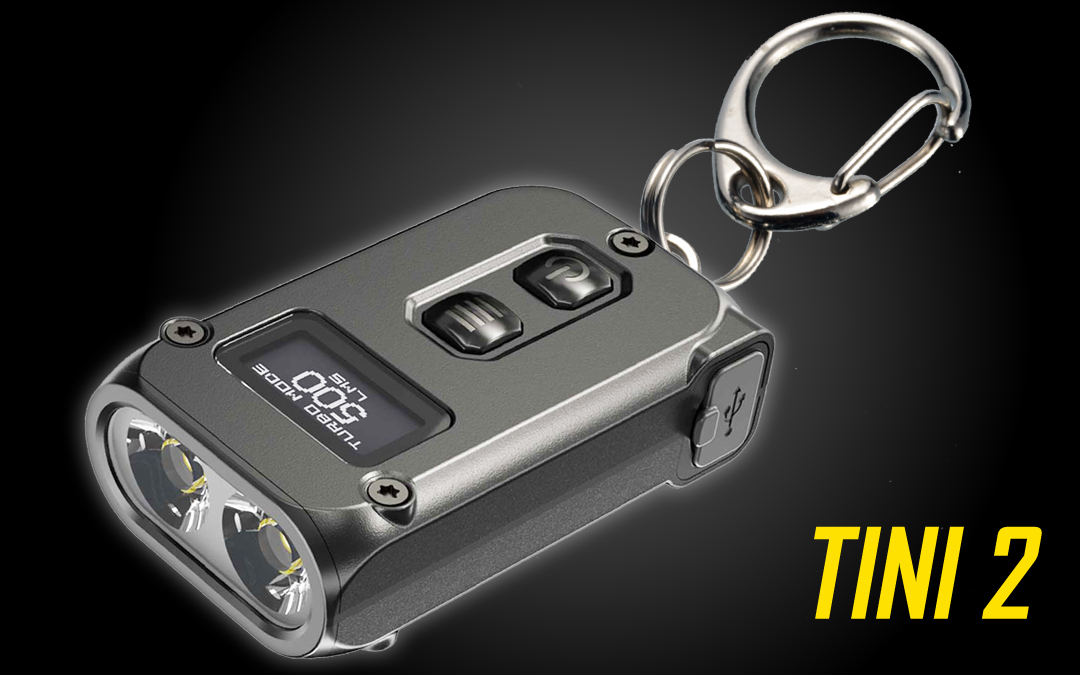

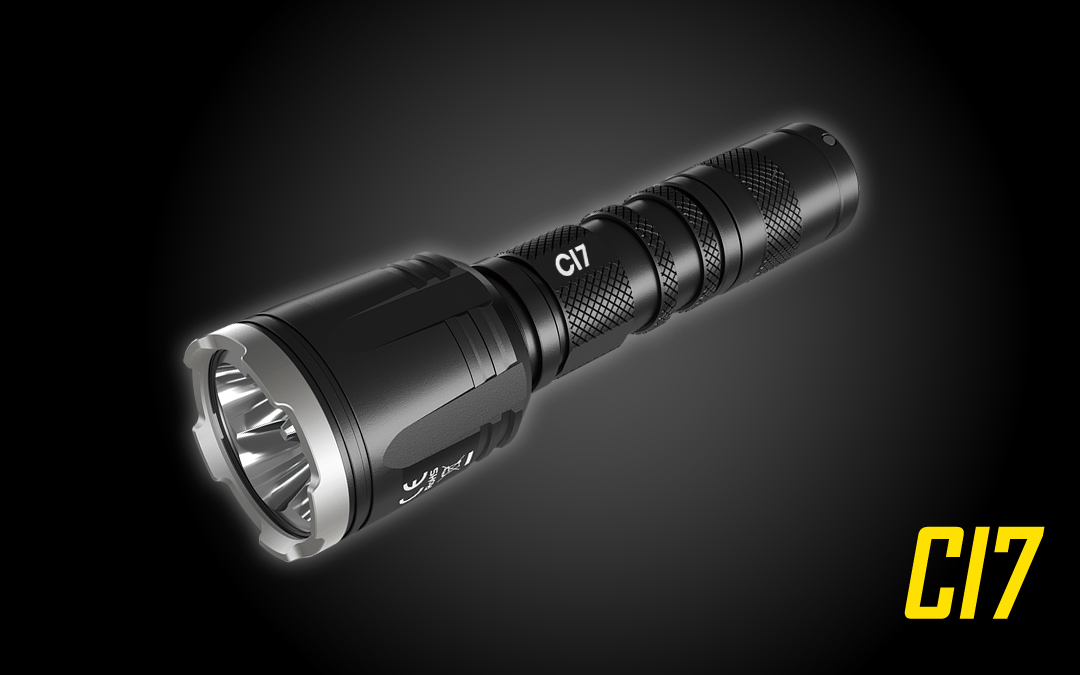
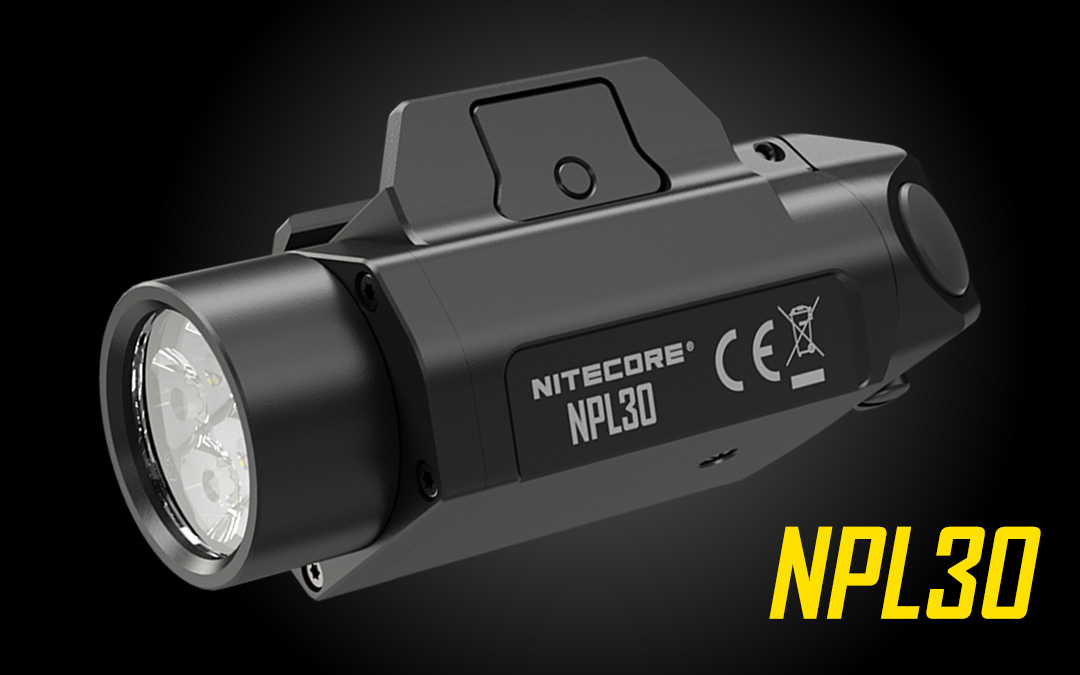
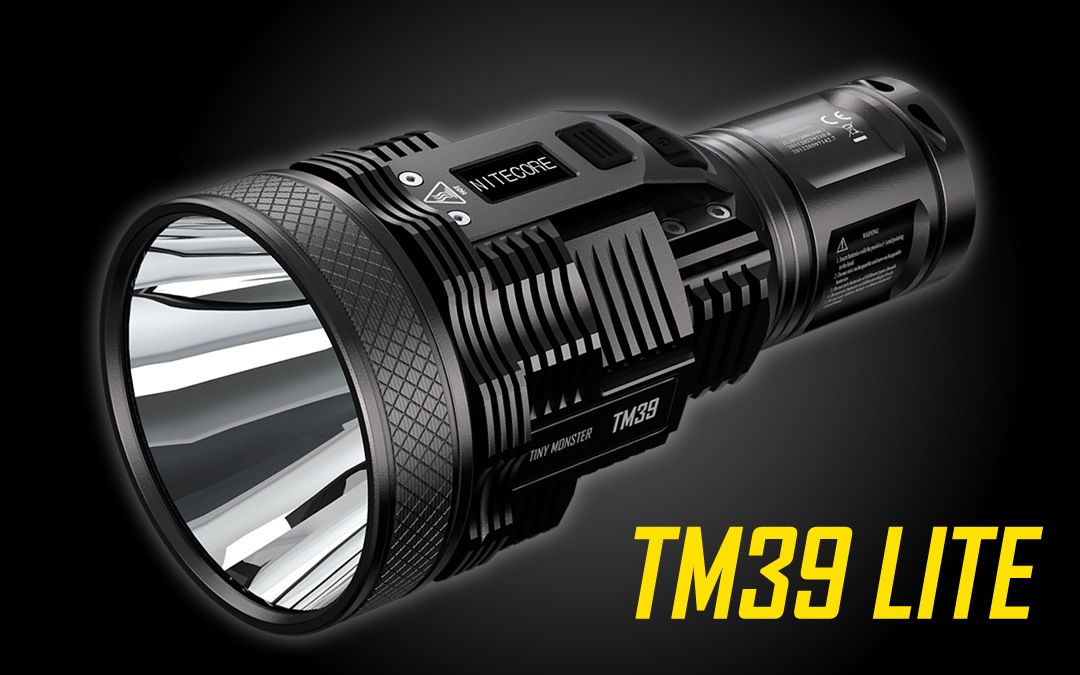
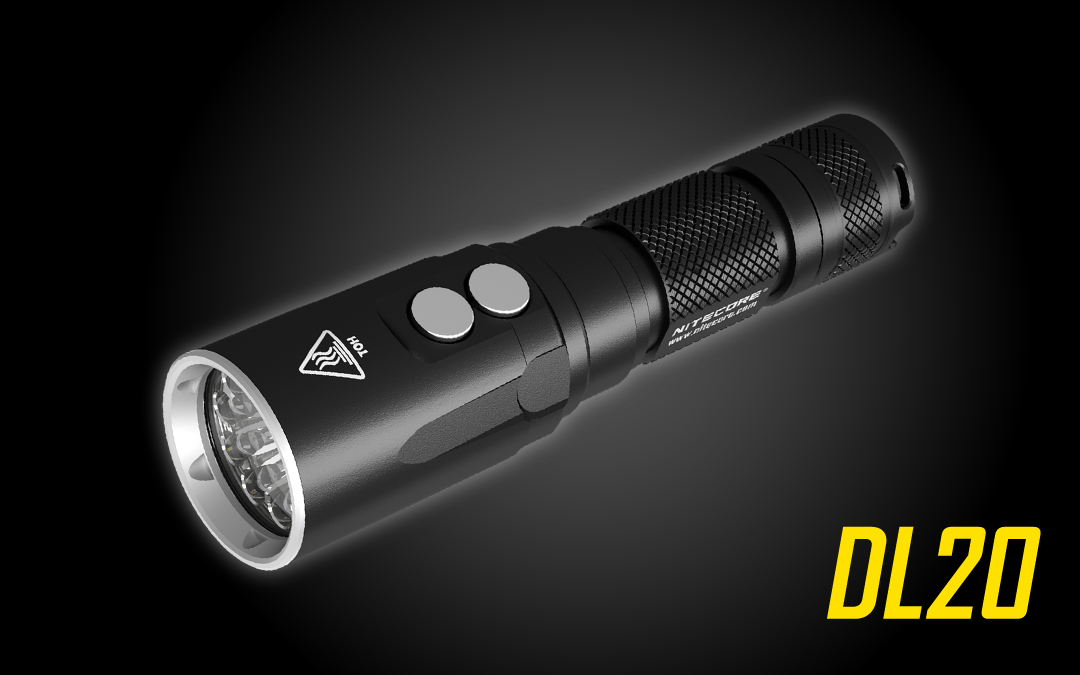
One thought on “10 Types of Flashlights You Want to Consider”
-
Pingback: Nitecore Gift Guide |
Leave a Reply